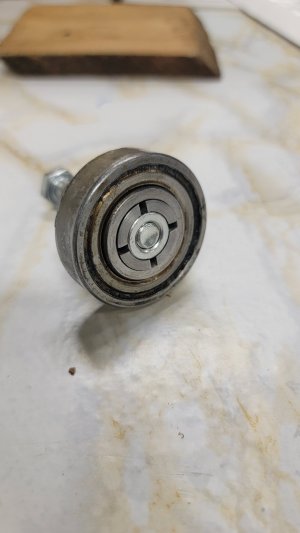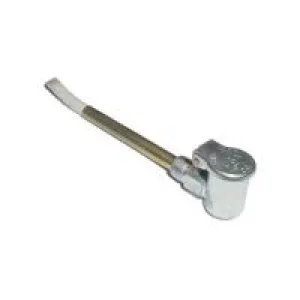Try using wet toilet paper instead of grease (soak in oil). I did not realize it was an open bearing on both sides - grease would have a tendency to squirt right through.
Assuming it's the same as the top bearing, it's only open on one side. It is odd though cuz the top bearing was open toward the gears. But for some reason, the bottom bearing is open toward the housing (assuming it is one sided like the top bearing is)! Go figure!
If I thought it was open on both sides, I would not have even bothered to try the grease. So no worries.
I will try the oily toilet paper before I make a puller.







